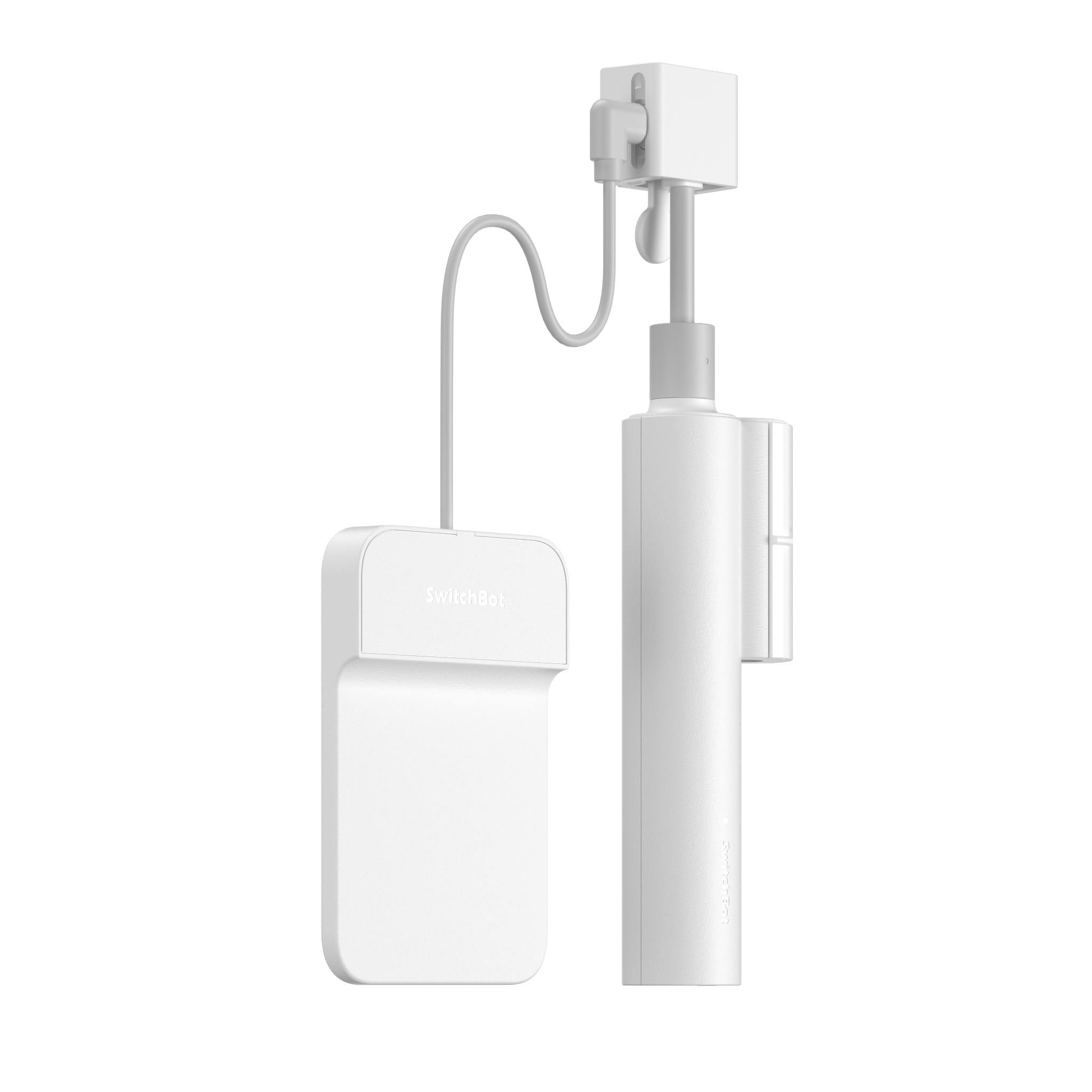Enhancing Energy Efficiency with Smart Powered Window Blinds
Corps
When it comes to enhancing energy efficiency in our homes and offices, the use of smart powered window blinds has become increasingly popular. These innovative window treatments offer a range of benefits, from reducing energy consumption to providing convenience and comfort. In this article, we will explore the ways in which smart powered window blinds can enhance energy efficiency and revolutionize the way we interact with our living and working spaces.

Automated Control for Energy Efficiency
One of the key advantages of smart powered window blinds is their ability to be automated and controlled remotely. This means that users can easily adjust the blinds to optimize natural light and heat gain throughout the day, reducing the need for artificial lighting and heating or cooling systems. By harnessing the power of automation, smart powered window blinds can significantly decrease energy consumption and contribute to a more sustainable environment.
Integration with Smart Home Systems
Smart powered window blinds can be seamlessly integrated with existing smart home systems, allowing for centralized control and programming. This integration enables users to create customized schedules for their blinds based on their daily routines and preferences. For example, the blinds can be programmed to open during the day to let in natural light and close in the evening for privacy and insulation. By leveraging the capabilities of smart home technology, users can maximize energy efficiency and create a more comfortable living or working environment.
Energy Savings and Environmental Impact
The use of smart powered window blinds can lead to significant energy savings, resulting in lower utility bills and reduced environmental impact. By optimizing natural light and heat gain, these window treatments can lessen the reliance on artificial lighting, heating, and cooling, ultimately decreasing energy consumption. Additionally, the reduced energy usage contributes to a smaller carbon footprint, aligning with global efforts to combat climate change and promote sustainability.
Enhancing Comfort and Productivity
Beyond energy efficiency, smart powered window blinds also play a role in enhancing comfort and productivity. By regulating natural light and heat, these blinds can create a more pleasant and conducive indoor environment. For example, they can help reduce glare on screens, prevent overheating in sunny spaces, and maintain a comfortable temperature throughout the day. As a result, users can enjoy improved comfort and focus, leading to enhanced productivity and well-being.
In conclusion, the adoption of smart powered window blinds presents a compelling opportunity to enhance energy efficiency, convenience, and comfort in our living and working spaces. By leveraging automation, smart home integration, and energy-saving capabilities, these window treatments offer a holistic solution for modern-day challenges. As we continue to prioritize sustainability and innovation, smart powered window blinds stand out as a promising technology with the potential to transform the way we interact with our environments.











commentaires